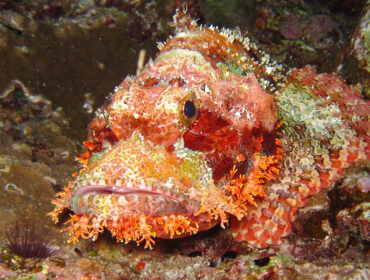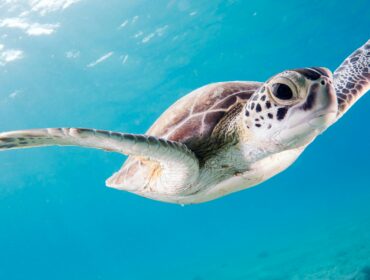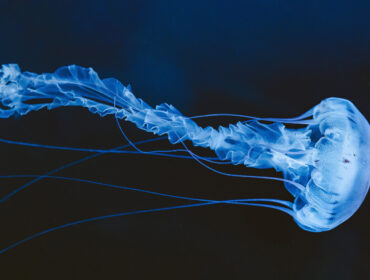We enjoy many amazing resources from the Pacific Ocean. Marine life such as Dungeness crab have been found in abundance along its coasts. Unfortunately, their numbers may be decreasing dramatically in the near future due to significant changes in their habitat. All of our oceans are becoming more acidic over time as they continue to absorb ever-increasing amounts of carbon dioxide from the atmosphere. When global waters absorb this gas in larger quantities the pH gradually decreases, causing ocean acidification.
When oceans become more acidic, organisms that accumulate calcium carbonate during their life cycle are highly affected. The ecosystems that rely on species like Dungeness crab are damaged. Certain types of coral are also known to be at risk from ocean acidification. As a result, fisheries and tourism associated with this marine life are negatively impacted.
Dungeness crab is a highly valuable resource. Crabbing is a $200 million dollar industry in the Pacific Northwest. There are less valuable fish that are also affected, like various sole and rockfish species. Their numbers are all expected to decline due to the decreasing pH of the ocean.
Vulnerable Larval Life Stage of Dungeness Crab
During the two-year life cycle of Dungeness crab, the female carries eggs on her abdomen for 3-5 months until they hatch into a free-swimming larval stage. This larval stage of its life cycle lasts anywhere from 4 months to a year. Typically a Dungeness crab has a lifespan of ten years.
The crab larvae stage is the most vulnerable to ocean acidification because of the direct effects on its food source or prey it requires to survive. Scientists have found a 37-44 percent lower survival rate for crab larvae at a pH difference of just 0.5 percent! This disheartening fact is only compounded by the knowledge that the pH of some parts of the Pacific Ocean have decreased by 0.5 percent already.
Not All Bad News
Researchers did not anticipate the good news that salmon food sources are less affected. These species are resilient and abundant — for now.
Oddly enough, research has also shown that some tiny one-celled shellfish create better shells in a more acidic marine habitat. They have been able to self-regulate and adapt to the changing pH.
Still, science shows that the ability of oceans to absorb more and more carbon dioxide will not last forever. Eventually oceans will be absorbing less and leaving more carbon dioxide in the atmosphere. This will in turn affect the temperature of the planet and all the life on it, which is why it is important to be at the forefront of climate change science. Only by studying our changing environment will we be able to adapt and survive.




